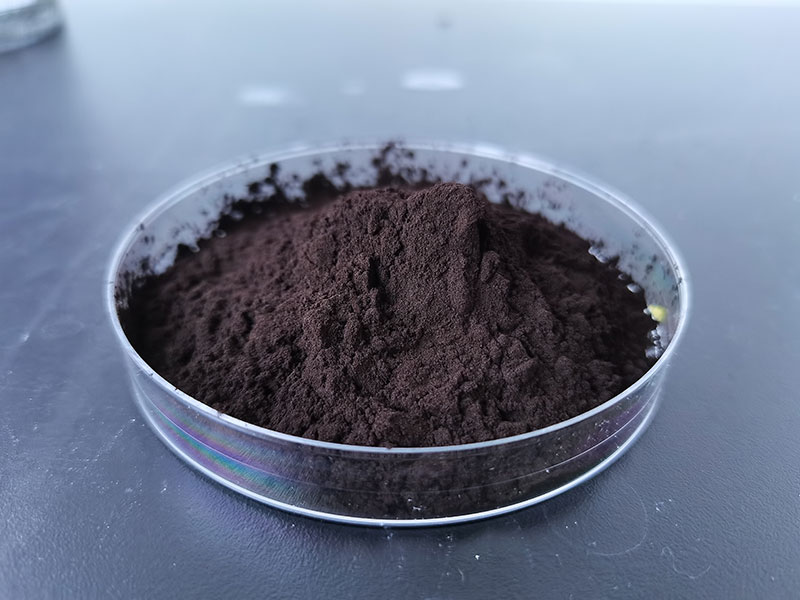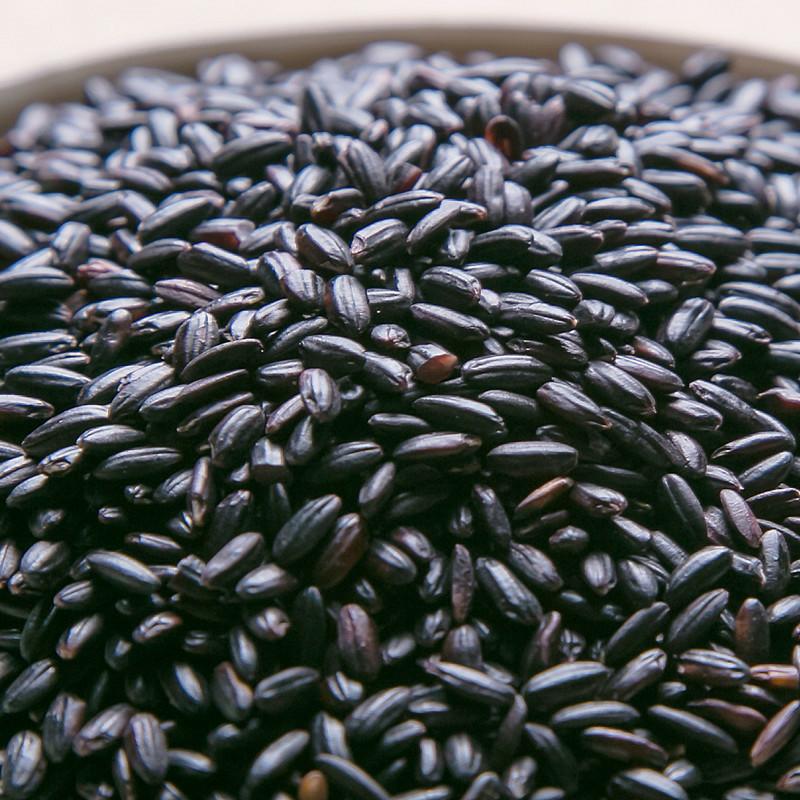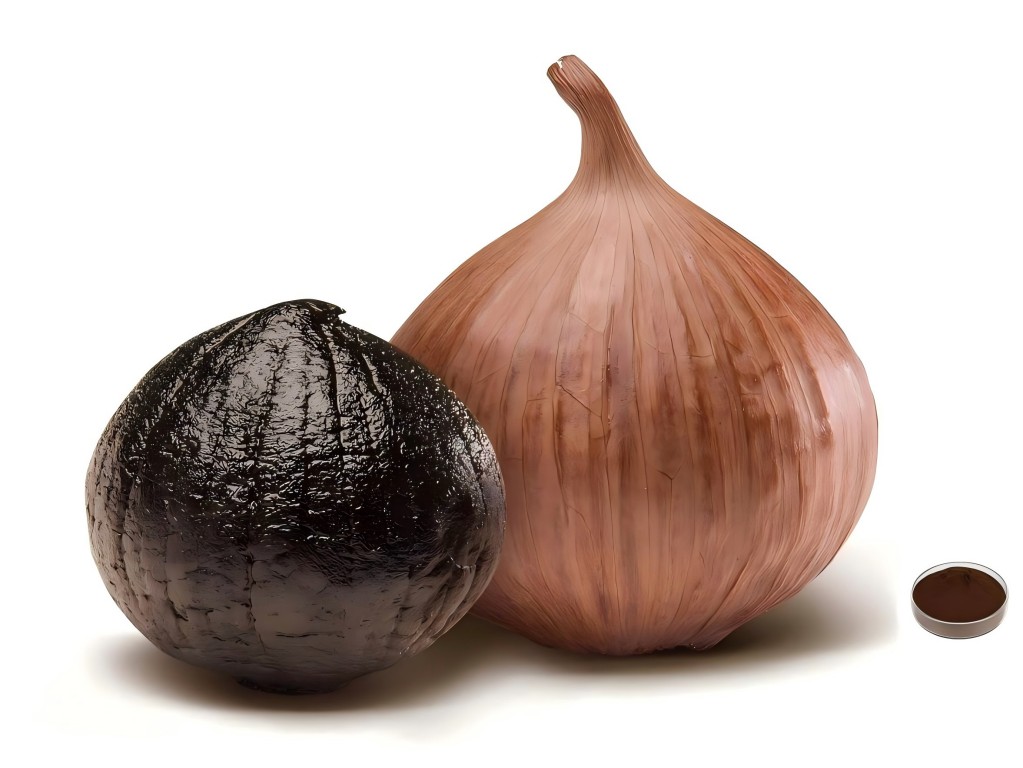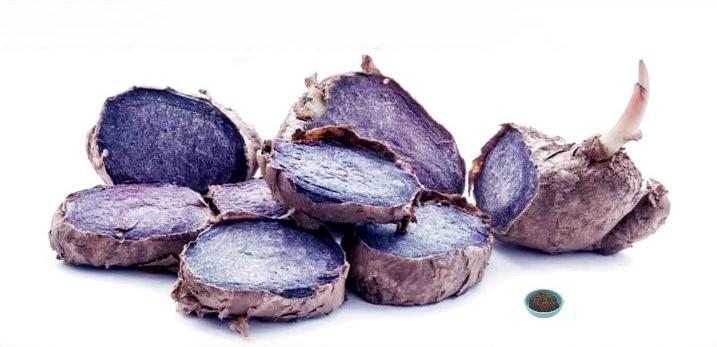Extracto de arroz negro 15% cianidin-3-o-glucósido
Fuentes de plantas: cobertura de semillas de arroz negro púrpura
Ensayo: antocianidina: 25%;
Cianidina - 3-o-glucósido: 15%-20%
Método de ensayo: UV, HPLC
- descripción
- Hoja de datos
- Certificado de certificado
-
¿Qué es el extraca de arroz negro?
El extracto de arroz negro utiliza arroz negro o la semilla de arroz negro separada por métodos físicos como materia prima, extractos con agua o etanol (o alcohol comesti) solución ácida, filtros, refin, concentrados, esterili, seca, envases, etc proceso de producción. Tiene funciones fisiológicas tales como anti-oxid, anti-inflamación, disminución de la grasa en la sangre, y la inhibición de la formación de tumores. Al mismo tiempo, las antocianinas, como pigmento natural relativamente seguro, también muestran amplias perspectivas de aplicación en la industria alimentaria.
Green Spring Technology supplies black rice extract is made from black rice or the husk of black rice separated by physical methods, with or without the addition of maltodextrin. It is produced through a series of manufacturing processes, including extraction with an acidic solution of water or ethanol (or edible alcohol), filtration, purification, concentration, sterilisation, and drying (or not drying). It contains no phthalates and meets EU standards for pesticide residues. It is primarily used as an ingredient in food and health supplements.
Green Spring Technology was established in 2000 and is a leading biotechnology company in China. Rooted in research and development, it has consistently focused on developing and supplying effective natural ingredients for dietary supplements, nutritional products, cosmetics, and more. It has obtained multiple certifications, including Halal, Kosher, COSMOS, BRC, IFS, FDA, ISO9001, ISO22000, EU Organic, and USDA Organic. Green Spring Technology has established a comprehensive traceability system, ensuring that all products are traceable. Each product undergoes detailed testing and production reports from source to finished product, ensuring that every stage of the production process is controllable and traceable. Authoritative third-party testing reports are available upon request.
Especificaciones:
Nombre del producto
Extracto de arroz negro
Nombre latino
Oryza Sativa
CAS No.
7084-24-4
Fuentes vegetales
Capa de semilla de arroz negro púrpura
Principios activos
Antocianinas (cianidin-3-o-glucósido)
Ensayo ensayo
Antocianidina: 25%
Cianidina - 3-o-glucósido: 15%-20%
Método de ensayo
UV, HPLC
apariencia
Polvo negro negro
Residuos de plaguicidas
conformidad to Farmacopea europea normas
Normativa:
Se ajusta a las normas de la farmacopea europea.
Learn More About Our Comprehensive Standardized Black Rice Extract Ingredients Solutions.
¿Busca un presupuesto?Benefits:
Anti-oxidation
The most important active function of black rice extract anthocyanins is antioxidant capacity. Black rice anthocyanins can be used as photoprotectants to eliminate free radicals produced during photosynthesis, strengthen the antioxidant capacity in serum and liver, and make the biological activities of glutathione peroxidase and superoxide dismutase significantly enhanced.
Hypolipidemic
Black rice anthocyanins can effectively protect kidney lipid peroxidation, and can significantly inhibit the oxidative modification of human low-density lipoprotein.
Antibacterial, Anti-Inflammatory, And Anti-Allergic
Anthocyanins can enhance the permeability of cell membranes, inhibit cell division, and cause abnormal growth or disintegration of cells, thus showing inhibition of bacterial activity.
Reduce cholesterol absorption
Research has found that black rice extract reduces cholesterol absorption by inhibiting pancreatic lipase, lowering micellar cholesterol solubility, and inhibiting cholesterol absorption by Caco-2 cells. The inhibitory activity is positively correlated with the content of anthocyanins in the extract: cyanidin-3-glucoside (C3G) and paeoniflorin-3-glucoside (Pn-3-G).
Beneficial for diabetes
Research has found that cyanidin-3-glucoside (C3G) in black rice has a hypoglycaemic effect on diabetic rats. An 8-week C3G supplementation can lower blood glucose and serum insulin levels in diabetic nephropathy (DN) rats, improve renal function, reduce glomerular sclerosis, and mitigate interstitial fibrosis. Additionally, the oxidative defence system in the kidneys of DN rats is improved. Inflammatory mediators in serum and kidneys were significantly reduced in the C3G treatment group. In the kidneys of the C3G treatment group, the expression levels of transforming growth factor β1 (TGF-β1), phosphorylated Smad2. Phosphorylated Smad3 proteins were significantly reduced. Smad7 expression was upregulated by C3G. This suggests that C3G from black rice can serve as a renal protective nutrient for DN patients.
Applications:
In the Food Field:
Adding colouring agents to food greatly enhances its colour and appearance, increasing people's appetite and improving taste. Black rice extract anthocyanin is a natural colouring agent that can be added to cheese, bread and biscuits. Black rice extract can be made into food additives, such as sweeteners, natural pigments, food fortification liquid, etc. Black rice extract can be made into food additives, such as sweeteners, natural pigments, food fortification liquid, etc.
For Health Products:
The anthocyanin extract from black rice husk provides a new way to prevent Atherosclerosis cardiovascular disease. Black rice extract anthocyanin can replace artificial synthetic pigments in medicines.
In Cosmetics:
Anthocyanins, due to their antioxidant properties, effectively prevent the formation of wrinkles and are currently one of the best antioxidant substances on the market. Anthocyanins have a certain scavenging effect on free radicals and are also nutritional substances. Developed countries such as Europe and the United States have already incorporated anthocyanins into cosmetics. Black rice extract anthocyanins are a safe natural pigment and can be used as a cosmetic ingredient. Black rice extract anthocyanidins are mainly used as antioxidants and to prevent ultraviolet radiation.
Learn More About Black Rice Extract:
-
descargar
Extracto de arroz negro COA


 inglés
inglés francés
francés español
español ruso
ruso coreano
coreano Japonés japonés
Japonés japonés













